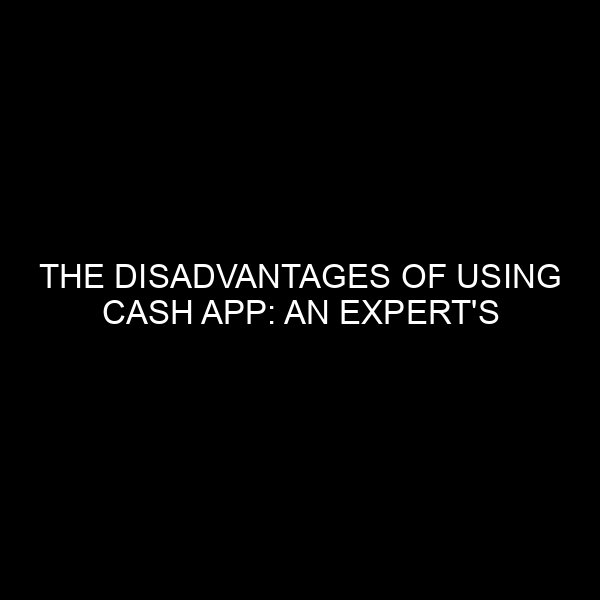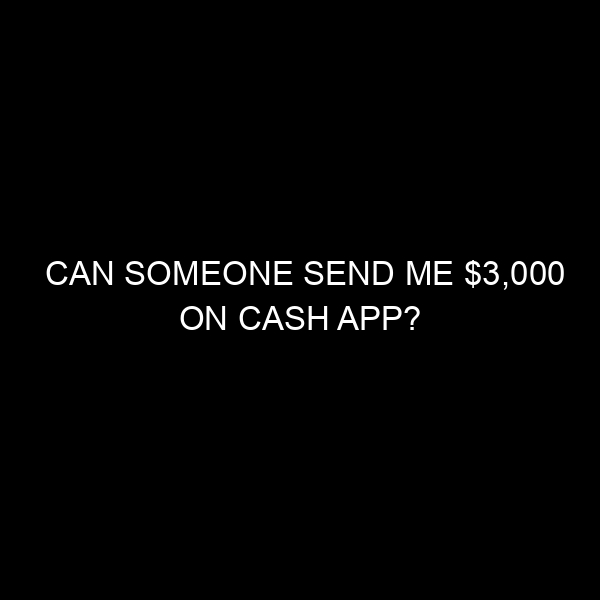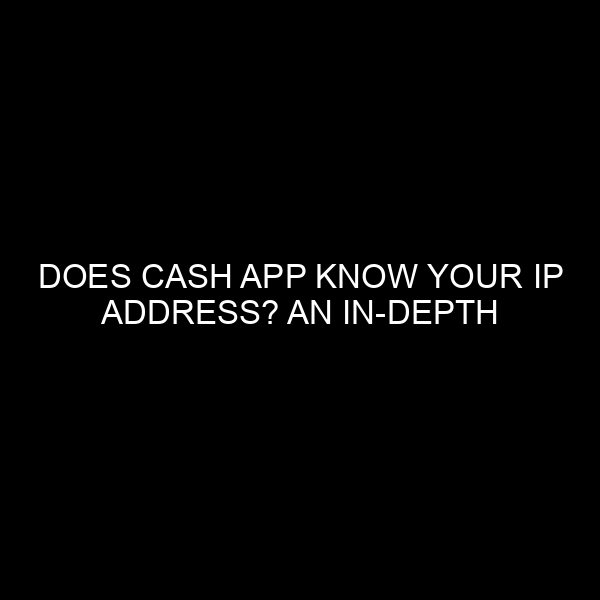The Disadvantages of Using Cash App: An Expert’s Perspective
In the age of digitalization, peer-to-peer (P2P) payment platforms have become increasingly popular. Square Inc.’s Cash App is among the prominent names in this space, offering a convenient way for users to send and receive money. Yet, while many laud its benefits, it’s essential to acknowledge its potential pitfalls as well. As someone with a deep-rooted background in the financial market and banking industry, I can attest that no financial instrument is without its drawbacks.
Understanding Cash App
Before diving into the cons, it’s essential to understand what Cash App is and how it works. Initially introduced in 2013, Cash App was developed as a platform for users to send money to friends and family. Over time, it has incorporated additional features, including a debit card, Bitcoin trading, and more. Like other P2P platforms, its convenience and user-friendly interface have driven its success.
1. Security Concerns
Potential for Scams
Cash App, like other digital platforms, has been targeted by scammers. Unsuspecting users might receive payment requests from unknown entities or misleading communications asking for account information. While Cash App has security measures in place, the rapidity and simplicity of transactions can sometimes be a double-edged sword, making it easier for scams to happen.
Account Hacks
Some users have reported unauthorized access to their accounts, leading to funds being siphoned off. Although Cash App employs encryption and fraud detection measures, no platform is entirely immune to cyber-attacks.
2. Limited Customer Support
Unlike traditional banks with dedicated customer service teams, Cash App’s support mainly relies on automated systems and written guides. While these can be effective for common issues, they might not suffice when a user encounters a unique problem or needs urgent help.
3. Potential for Human Error
The ease of sending money can sometimes result in funds being sent to the wrong person. In traditional banking, there’s often a grace period or more extended processing time, allowing for the correction of errors. With instant transfers, however, there’s less room for rectification.
4. Over-Reliance on Internet Access
Cash App requires an active internet connection for transactions. In regions or situations where connectivity is unreliable, users might find themselves unable to access their funds.
5. Limited International Usability
As of my last update in 2021, Cash App primarily serves the US and the UK. While this might change in the future, its limited international reach can be a significant disadvantage for those wanting to send money across borders.
6. Fees and Charges
Cash App charges fees for certain types of transactions, such as instant withdrawals or credit card funding. While these charges are disclosed, users accustomed to free banking transactions might find them inconvenient.
7. Lack of FDIC Insurance
Traditional bank accounts in the US are often insured by the Federal Deposit Insurance Corporation (FDIC) up to a certain limit. Cash App’s balances, however, aren’t FDIC-insured, meaning users could potentially lose their money if Square Inc. faces financial difficulties.
8. Data Privacy Concerns
In the age of data breaches, some users are wary of sharing their financial details on another platform. While Cash App has stringent security measures, the sheer volume of digital platforms we use today increases the potential for data exposure.
9. Dependence on Mobile Devices
Losing or damaging a mobile device can temporarily cut off access to one’s Cash App account. While this is true for most mobile-centric platforms, it underscores the importance of having diverse methods of accessing one’s finances.
Conclusion: Weighing the Pros and Cons
Cash App’s rise to prominence is undoubtedly linked to its user-friendly interface and innovative features. However, as with any financial tool, potential users should be aware of its disadvantages. While many of these concerns can be mitigated through vigilant use and regular security checks, understanding the inherent risks will lead to a safer and more informed user experience. As always, diversifying one’s financial management tools and staying updated on platform changes can provide a holistic approach to digital finance.






